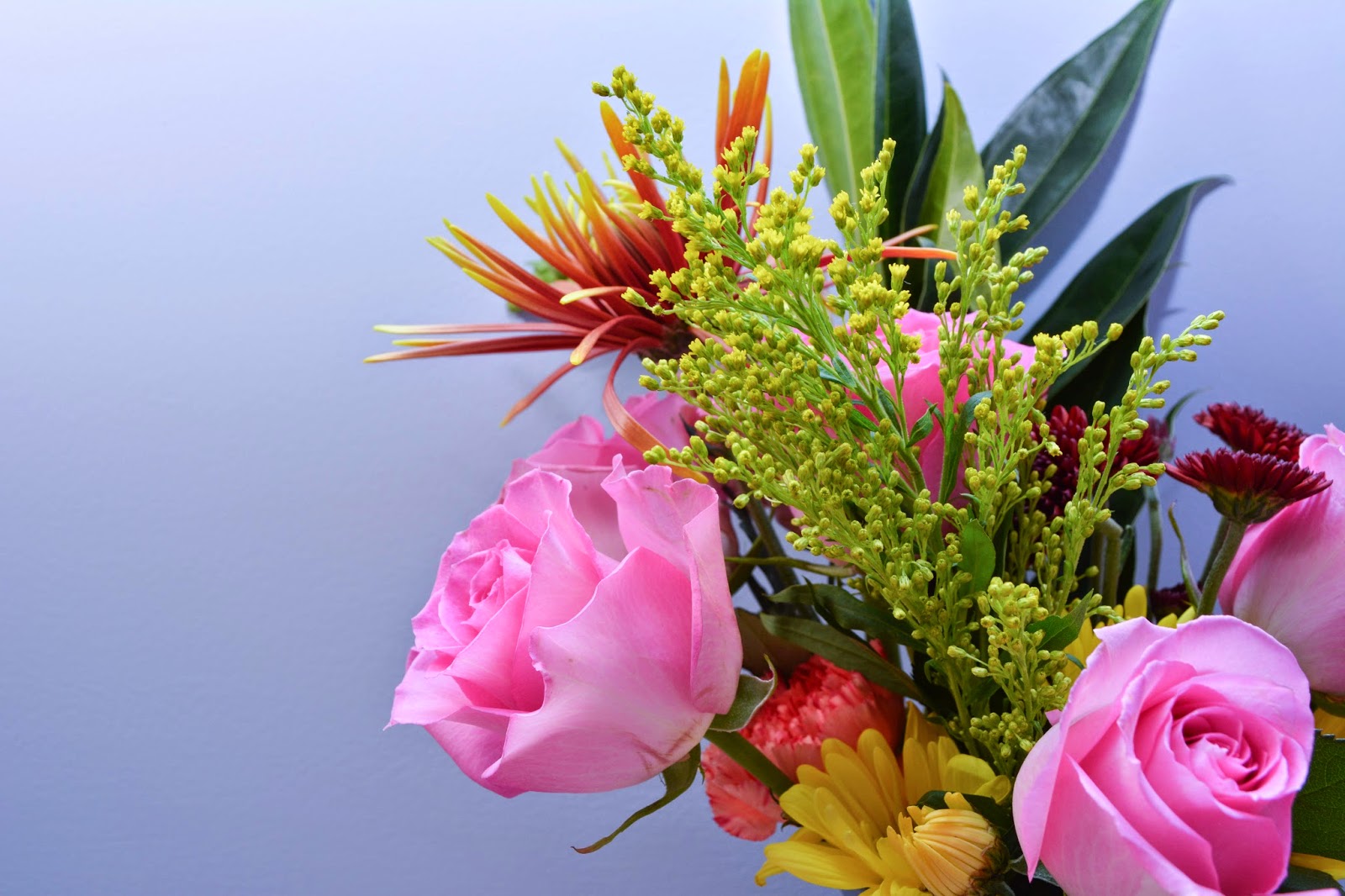The question most asked of me by other artists is about shipping paintings. The task seems so daunting that it keeps some from selling their work online.
I will show you my method for shipping works in cardboard boxes and the supplies I use.
I start with a clean work surface and my supplies for wrapping the painting.
A tape gun is a must. They are less than $15 and replacement tape rolls are easy to find.
I also buy rolls of 4 mil plastic in the 36 inch by 50 foot size. The wider size sheets are often unmanageable. The plastic is easy to locate at hardware stores and big box stores.
Take the time to do the math before cutting to avoid waste.
I am wrapping an 18 x 24 inch canvas and the 36 inch width is not enough for a one cut of the plastic so I double it to have sufficient overlap. This is the time to include any additional materials like a note to the buyer or care guide.
I wrap the canvas like a present and tape thoroughly but not so much that opening the package will be an ordeal.
The most complicated aspect of this process is choosing and ordering your shipping boxes. I order from Uline.com and keep 4 or 5 sizes handy. I can't stress enough the importance of taking a basic inventory of the sizes you work in most and determining which box size will be the most useful.
The S-4553 that is 30 x 5 x 24 inches has proven the most useful to me. Knowing these dimensions in advance can help you give accurate shipping quotes and price your work accordingly.
I use packing paper and peanuts. I generally use the biodegradable peanuts (though not always) but I buy them all from a local shop owner who receives numerous shipments that are mostly peanuts. He saves them and sells them for a fraction of the cost of ordering them in bulk. Many business owners would love to get rid of their peanuts without throwing them away so it may be worth it to call around.
After a layer of peanuts, I center the painting and keep it in place with packing paper tucked snugly along the edges. This keeps both flat surfaces of the wrapped painting away from the outside of the box.
Next I fill the remaining space with peanuts. It helps to gingerly tap the box on the floor or table to allow the peanuts to settle as they would during shipping. Be careful not to allow the walls of the box to stretch out and bulge with packing material while doing this.
All that is left is to tape the box closed and whisk it away to the shipper.
I hope that was helpful and hope to do a post on crate building soon also.
Questions? Ask away in the comments section.








































